For the first month or so that Justin and I were in Buenos Aires, we spent weekends exploring and seeing the main sights here. We spent so much time sightseeing that a weird thing happened: I actually got sick of it!
I love sightseeing. I unashamedly love checking all the must-sees off my list when we go away, no matter how touristy they are. And I’m the person who tries to cram everything into one short trip. So this was a new feeling for me. But we took a short break, and then when our friends Drew and Hunter visited us from the U.S., I spent the week seeing the sights with them with newly invigorated enthusiasm!
Now I can confidently say I think I’ve seen most of the main sights in Buenos Aires, so here’s a little bit about them. And what’s even better is that most of them are free!
Recoleta Cemetery
I’ve always thought cemeteries as a tourist sight are kind of a weird thing. I have gone to some in my travels, but usually for a specific reason. I’ve been to Bonaventure Cemetery in Savannah (because Justin and I were looking for a specific statue, long story), the Père Lachaise in Paris to see Jim Morrison’s grave, and one in Warsaw to see the graves decorated for All Saints’ Day.

But the Recoleta Cemetery is pretty amazing. Nestled in the midst of downtown Buenos Aires, its 14 acres contain the giant mausoleums of Buenos Aires’ wealthiest and most famous families, starting in 1822. For those who really can’t picture what 14 acres look like (like me), it’s not super huge—about a couple city blocks long on either side—but there’s a lot to see inside.
The mausoleums are so giant and numerous, it’s like you’re walking around your own little city. I’ve stayed in tiny houses smaller than some of them! There are statues that look like they belong at some national monument, not one person’s resting place. Overall, most of them are very well kept and stately, and some are very modern too. But some have broken windows, and you can see eroded caskets sticking out. Head down one of the maze-like paths by yourself, away from other people, and it will give you the creeps on even a bright, beautiful day.

If you’re near the cemetery, you can walk about 10 minutes to the Instagrammable Floralis sculpture—it kind of looks like an open version of The Bean in Chicago. I wouldn’t say this is a must-see, but if you’re in the area it might be worth checking out.

Feria de San Telmo
This giant Sunday flea market sells tons of antiques and handmade artisan goods. It’s in the old barrio of San Telmo, which is very European looking, with cobblestone streets and colonial buildings. The market extends down a bunch of streets, and sometimes it seems like it never ends.
Nearby is a food market, Mercado San Telmo. It has a bunch of trendy stalls selling everything from raclette to crepes to tapas. Justin loves the empanadas at El Hornero.
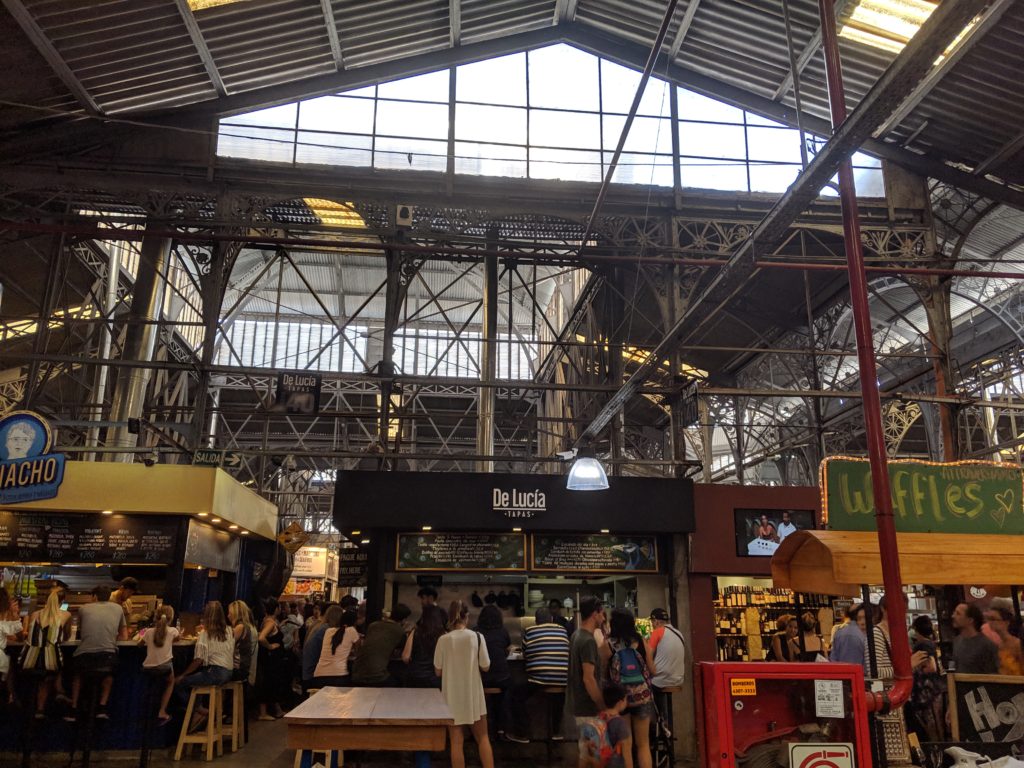
On a side note, one day near the flea market, we wandered into the Fundación Cultural Mercedes Sosa, on Avenida Humberto Primo. The day we went in, there was a free cultural event going on with music and dancing. We were invited to try a “blind sound” experience and listen to the music of Mercedes Sosa, a famous Argentinian singer, in a completely dark room. You wear sunglasses just to make sure you really can’t see. After the first few seconds passed when we thought we might get murdered, it was a really cool experience! I’ve heard about other blind sound experiences like this here, so apparently it’s a thing.
Parks: 3 de Febrero, Rose Garden and Japanese Garden
The Parque 3 de Febrero, also called the Bosques (Forests) de Palermo, is a giant park in the Palermo neighborhood that sprawls outward to the edge of my neighborhood in Belgrano. There’s a lake in the middle, and on weekends, you can rent bikes or roller skates (roller skating is still a thing here!) and ride around the lake. It can be a little treacherous because on nice days, there are so many people. We actually saw a child get run over by a bike one day. She was OK, but it was a little scarring!
After a ride or walk around the lake, you can head to the Arcos de Rosedal, which houses a row of restaurants and bars in the arches underneath an old railroad track. It’s a cool spot to enjoy gelato, crepes, beer and more.

You’ll also find the lovely Rosedal (rose garden) in the park, with thousands of roses!
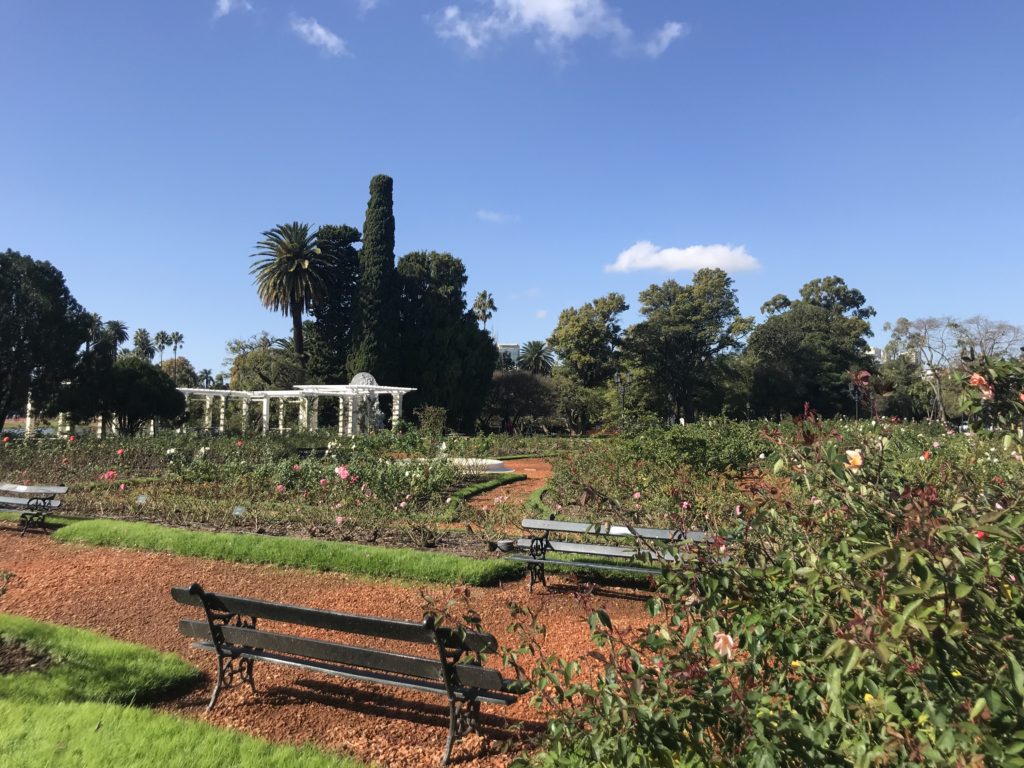
About 10 minutes away, walking, is the Japanese garden (featured in the image at the top of this post). I’d never been to any kind of Japanese garden, but it’s really relaxing, with waterfalls, cute little bridges to cross and koi fish who swim up to you asking for food (which was pretty cute)! It costs 150 pesos (less than $3) to get in, so it’s worth it.
Caminito
Caminito is one of the quintessential tourist sights here. Its colorful buildings have been featured on many a Buenos Aires postcard. The story behind it is when all the immigrants arrived in the 1800s, they lived in this area near the port and would take the leftover paint from boats on the dock to paint their houses. So they all ended up being different colors, a mix of vibrant red, yellow, blue and green. Now, most of these old tenements have been converted into overly touristy restaurants and souvenir shops, which is kind of disappointing. However, it’s pretty and I do think it gives you an idea of old-time Buenos Aires, when everyone danced tango and accordions played in the streets (or at least that’s how I envision it!).
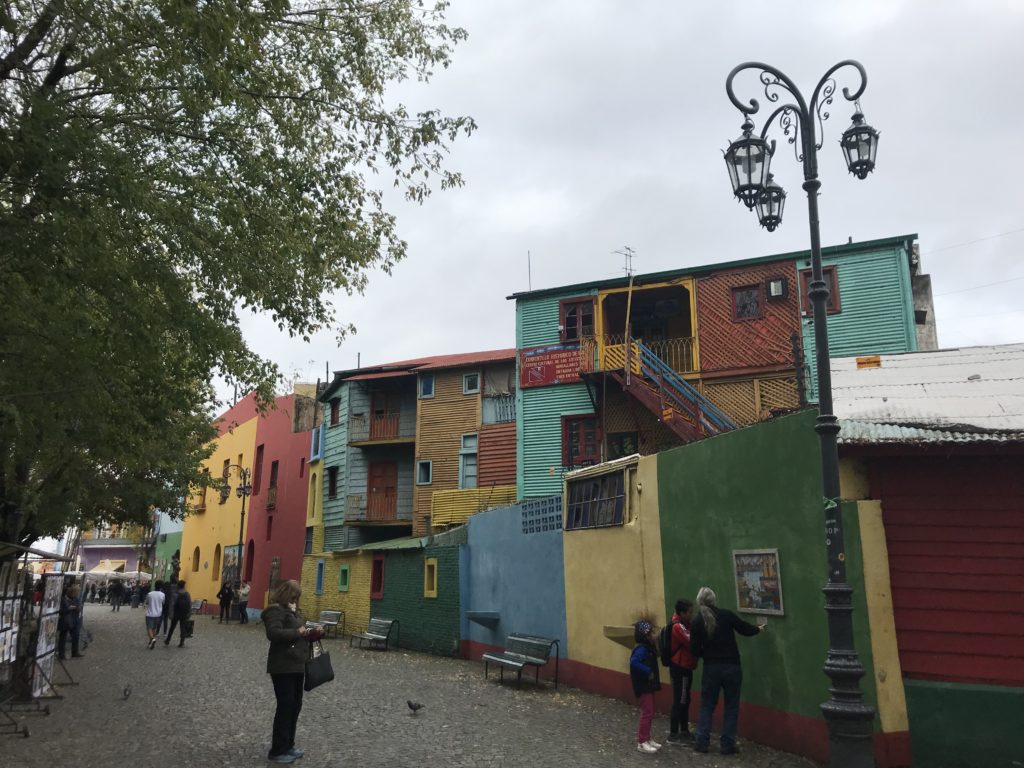
Downtown: Palacio del Congreso, Plaza de Mayo, Casa Rosada, Catedral Metropolitana and Obelisco
All of these main sights are within walking distance from each other. We saw them on a free walking tour (you just tip what you want at the end). I always love a good free walking tour to learn more about the cities I’m visiting.
From the Palacio del Congreso (Congress building), you can walk down Avenida de Mayo until you get to Plaza de Mayo, which has been important historically and politically in the city as a gathering point for protests. Many protests still take place there. It’s also home to the Casa Rosada (Pink House—it sounds more fun than the White House, right?), where the president works (but doesn’t live).
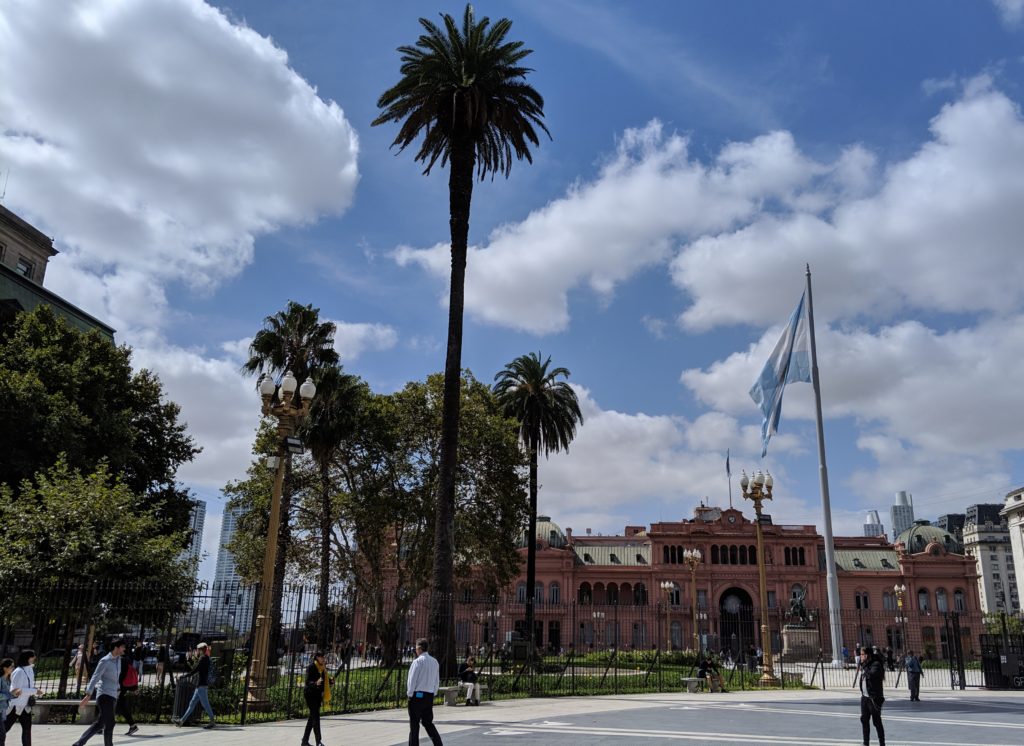
Also in this square is the massive metropolitan cathedral, where liberator General Jose de San Martin, known as the liberator of Argentina, Chile and Peru, is buried.
There’s also an Obelisk about a 15-minute walk away, up Avenida Roque Sáenz Peña. Our tour guide told us that it’s a big deal for Argentinians from all over the country to come to Buenos Aires at least once in their life to see the Obelisk. It seems to me like there would be better reasons to come to Buenos Aires, since it’s just your standard obelisk, but that’s just my opinion!
Barrio Chino
This small but vibrant Chinatown is the place to go for Chinese food and other kinds of Asian food. It’s only a few blocks long, but the main street is closed to car traffic on the weekends, and it is always popping! The main draw is the street eats on every corner—lots of fried food on sticks. There are even great veggie options, like vegetable or potato “meatballs” for me. A visit to Chinatown can end by relaxing in the nearby park, Barrancas de Belgrano (our favorite park, since it’s close to our house).

Reserva Ecológica Costanera Sur
This 800-plus acre nature reserve on the coast is where you can get your water fix in Buenos Aires and enjoy nature on some leisurely walking trails.
(A bit of geography: Buenos Aires is on the coast of the Río de la Plata, but it’s pretty open water; if you keep going south along the coast out of Buenos Aires, the water becomes the Atlantic Ocean. Uruguay is on the other side of the river, and it takes a little over an hour by ferry to get there. For my Long Islanders out there, it reminds me of the Long Island-Long Island Sound-Connecticut set-up.)
According to the reserve’s website, in the early 1900s, this area used to be a popular swimming area. Then in the 1970s, due to a building project, a bunch of debris fell in the water and it became polluted. People could no longer swim there, and the area was kind of abandoned. But miraculously, despite the pollution, plants started to grow, and the area was dedicated as a nature reserve in the late 1980s.
Unfortunately, you still can’t swim in the water. We went down to the shore to look at the river, and between the trash and the rubble, it seemed like we were in some kind of eerie, post-apocalyptic world. So while not exactly nice, it was kind of cool. But if you stick to the trails, the reserve as a whole is a lovely place to walk around!
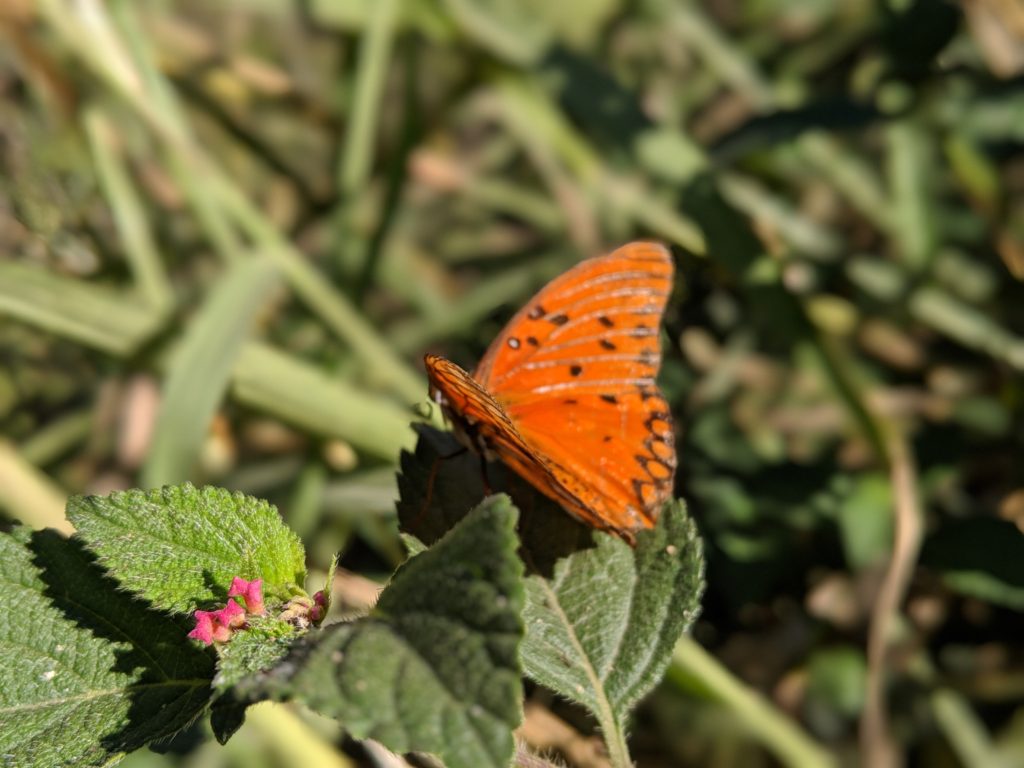
So, those are the main sights for now, but as time goes on I’m sure we’ll have new spots to add to the list!
